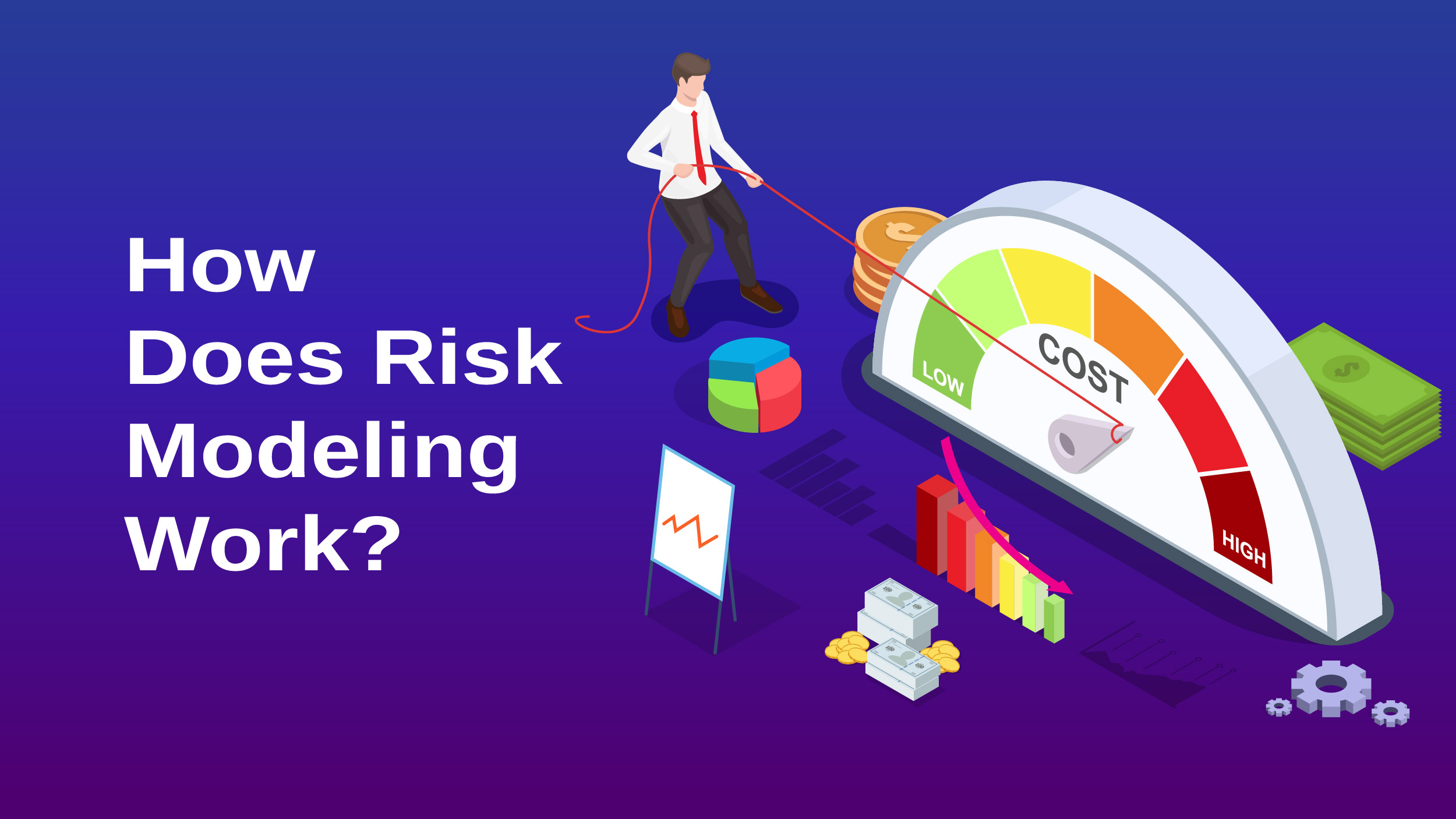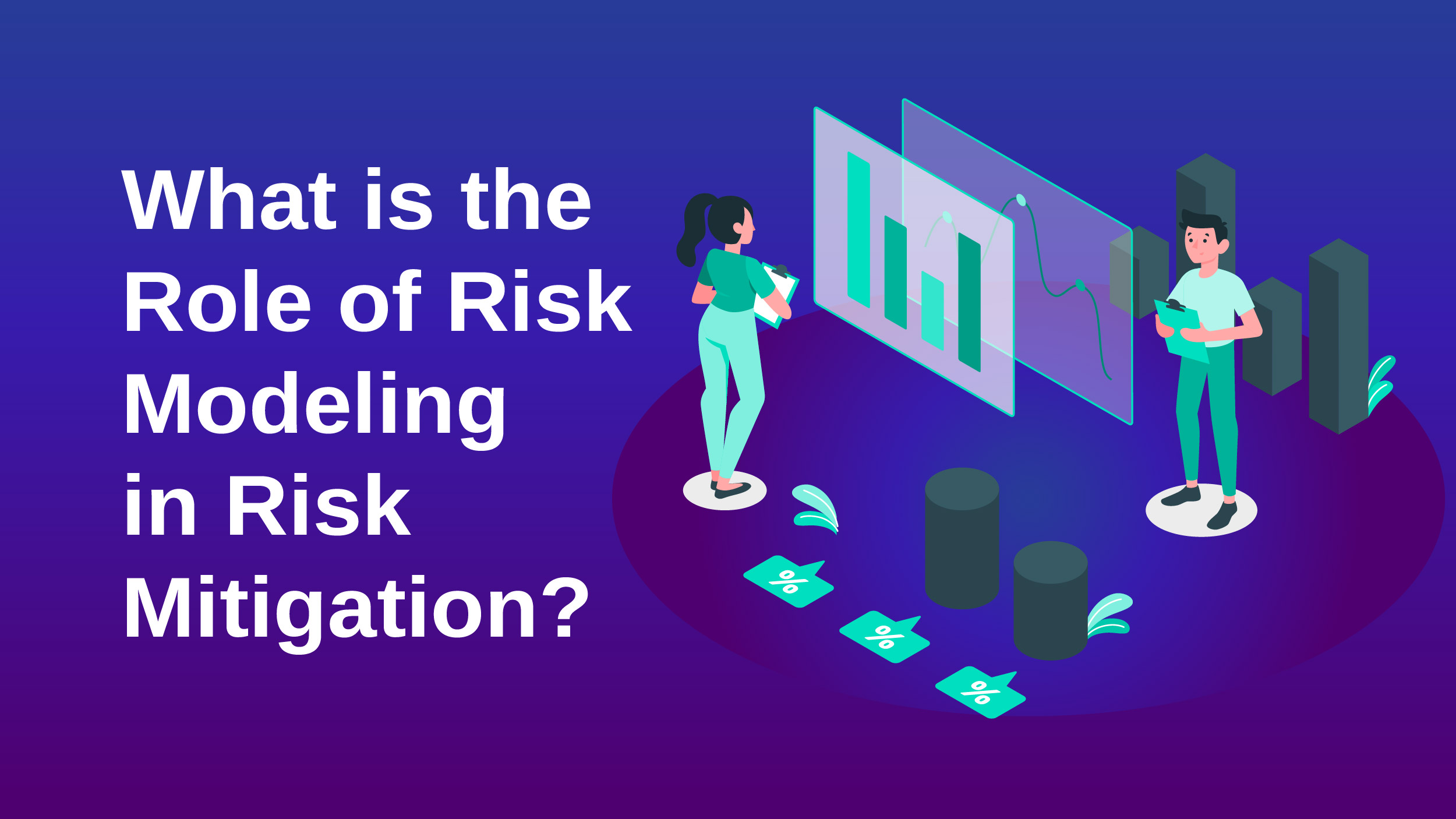We’ve all heard this in the business world: “No risk, no reward!” and honestly, it’s true. There’s always some level of risk involved on the path to success. However, smart companies are those that find ways to minimize that risk and amp up their profits. And guess what? It’s all about making intentional, data-backed decisions. Figuring out how to predict and handle risks is a major part of any solid business plan.
So, here’s the real deal: how do the big shots in business actually measure, evaluate, and cut down on risks? Well, these days, they’ve got a pretty nifty tool in their arsenal – it’s called a risk model – and it’s making waves in industries like finance, transportation, manufacturing, and construction.
In this blog, we’ll do a deep dive into risk modeling. We’ll cover everything from its various types to how it actually works, and of course, why it’s a big deal for businesses. So, let’s get into it!
What is a Risk Model?
In the realm of business strategy, a risk model serves as a valuable tool that utilizes mathematical techniques, systems, or methods to anticipate potential risk factors. Its main objective is to provide accurate and quantifiable data that aids in making informed financial, strategic, and operational choices. It is worth noting that some risk models incorporate qualitative aspects as well by seeking input from subject matter experts.
Risk models offer a comprehensive analysis of investments, market trends, recurring patterns in business operations, and other valuable insights. In essence, a carefully crafted risk model enables users to input specific values, objectives, or data, resulting in precise and reliable predictions regarding business projections.
Also Read: Future-Proofing Your Business: Is Your Risk Mitigation Strategy Built to Last?
What is Risk Modeling?
Risk modeling entails a methodical and comprehensive approach to managing and reducing risks, which is more expensive compared to conventional practices like solely relying on insurance coverage for business protection. It involves constructing thorough risk analyses, amplifying the effectiveness of insurance, and adopting a more comprehensive approach to researching and implementing risk solutions.
Along with this, the method provides valuable insights into the potential impacts of climate change and helps guide decision-making processes to mitigate and adapt to these risks. It plays a crucial role in promoting climate resilience and sustainability across various sectors.
The participants in the World Economic Forum’s Global Risks Perception Survey for the year 2023 have identified four major global risks that are expected to have significant consequences in the next decade. These risks include the failure to address climate change effectively, the inability to adapt to climate change, the occurrence of natural disasters and extreme weather events, and the loss of biodiversity and the collapse of ecosystems. To tackle these pressing environmental challenges, businesses are turning to this approach as a valuable tool to gain insights into climate-related risks their organizations may encounter in the near and distant future.
How Does Risk Modeling Work?

Risk management or modeling employs a combination of historical data analysis, simulation, extreme value theory (EVT), market risk analysis, and expert opinions to establish dependable assumptions. In addition, modeling incorporates economic, statistical, and financial methodologies to forecast potential and maximum risk.
Quantitative, qualitative, and hybrid are the three primary types of modeling preferred by individuals. Quantitative modeling utilizes statistical data and numerical evidence, while qualitative modeling leans towards expertise and subjective knowledge. For optimal results, a hybrid model that combines both approaches is often recommended, particularly for businesses.
What is the Role of Risk Modeling in Risk Mitigation?

Risk mitigation involves taking the insights provided by risk models and translating them into concrete actions to protect an organization from potential threats. By integrating these two components, businesses can proactively manage risks and navigate uncertain environments with greater confidence and resilience.
In short, risk analysis plays a critical role in the process of risk mitigation. Here’s how:
- Reducing Impact: Risk modeling identifies and measures threats and their impact. Risk mitigation strategies are intended to minimize the impact by preventing or reducing the severity of the risk.
- Lowering Likelihood: Risk models evaluate the chances of different risks happening. Risk mitigation aims to reduce the probability of these events, making them less likely to occur.
- Informed Decision-Making: Risk models offer valuable information to guide the choice of effective risk mitigation strategies. This helps allocate resources wisely to address the most urgent risks.
- Prioritizing Risks: Not all risks carry the same level of importance. This method aids in prioritizing risks by their potential impact, allowing organizations to concentrate their efforts on mitigating the most crucial ones.
- Effectiveness Measurement: This approach helps organizations evaluate the success of their risk mitigation efforts by measuring projected outcomes against actual results. This allows them to improve their strategies for more effective risk management.
- Adapting to Change: This method is a continuous process where organizations adjust their risk mitigation strategies to adapt to new data and changing circumstances, ensuring they stay responsive to evolving threats.
- Compliance and Regulation: Many sectors have to follow specific rules on risk management. This approach helps meet these standards by providing a systematic way to identify and reduce risks.
Types of Risk Modeling
The method entails the utilization of mathematical models for analyzing and forecasting different risk categories. Here are a few common types of this approach.
1. Financial Risk Modeling:
Market risk, credit risk, and operational risk are the three main types of risk that this modeling approach focuses on. Its goal is to measure, monitor, and control these risks in relation to a company’s balance sheet, a bank’s trading book, or a fund manager’s portfolio. This involves using mathematical and econometric techniques to analyze the portfolio and predict potential losses for different risks.
2. Credit Risk Modeling:
Credit modeling is used in banks and lending institutions to determine the probability of a borrower failing to repay a loan or credit.
3. Market Risk Modeling:
Market risk encompasses potential financial losses resulting from changes in financial markets, including fluctuations in interest rates, exchange rates, commodity prices, and stock market trends.
4. Operational Risk Modeling:
This modeling type aims to recognize and minimize risks stemming from internal processes, people, systems, or external events. It encompasses various potential problems, including fraud, errors, technology failures, and legal compliance.
5. Regulatory Compliance Modeling:
Creating models is essential for complying with industry-specific laws and regulations, enabling organizations to operate within legal boundaries and avoid potential penalties or sanctions.
6. Cybersecurity Risk Modeling:
Digital security models in this category evaluate risks and vulnerabilities linked to cyber threats, hacking, and data breaches based on their potential impact.
7. Supply Chain Risk Modeling:
Supply chain risk assessment models analyze the likelihood of potential disruptions and risks that may affect a company’s supply chain, such as supplier issues, delays in transportation, and natural disasters.
8. Climate Risk Modeling:
Climate change concerns are increasing and these models evaluate how extreme weather events, rising sea levels, and other climate-related factors can affect businesses and investments.
Effective risk management relies heavily on thorough analysis and modeling. Recent findings from PwC’s Global Risk Survey 2022 reveal that nearly 40% of business leaders greatly benefit from engaging risk professionals in the early stages of decision-making, resulting in improved outcomes. Unfortunately, the reliance on manual data processes often hinders the timely acquisition of critical information needed for strategic planning and effective communication of risk insights to company leadership.
9. Reputation Risk Modeling:
Reputation risk refers to the possible damage to a company’s image and brand worth. Models in this category evaluate how different events or choices affect a company’s reputation.
It’s important to note that these types often overlap, and some models may incorporate elements from multiple categories. Additionally, the specific modeling techniques and methodologies used can vary widely depending on the industry and the nature of the risk being assessed.
Risk Modeling: Understanding Credit and Financial Risk
Analytical tools are crucial in various sectors to identify and mitigate potential risks, ensuring better decision-making and security. Two major branches stand out under this framework: credit and financial risk modeling.
Credit risk modeling is employed primarily in banking and lending institutions to gauge the likelihood of a borrower defaulting on a loan or credit obligation. By analyzing factors such as credit history, income levels, and economic indicators, this model provides valuable insights into the borrower’s creditworthiness, aiding in making sound lending decisions.
Financial risk modeling centers on assessing potential losses due to fluctuations in financial markets. It encompasses various factors like interest rates, exchange rates, commodity prices, and stock market movements. Through sophisticated mathematical algorithms, this model helps organizations anticipate and prepare for market volatility, enabling them to make informed investment and financial decisions.
Summing it Up
Risk modeling stands as a cornerstone in contemporary risk management strategies. Its systematic and comprehensive approach transcends conventional methods, offering a nuanced understanding of potential threats. By employing sophisticated analyses and leveraging the power of well-planned risk mitigation strategies, organizations can fortify their resilience against unforeseen events.
Embracing this method not only optimizes the efficacy of insurance but also empowers businesses to make informed decisions that safeguard their operations and assets. As businesses navigate an ever-evolving landscape, integrating this method into their framework is not just a prudent choice, but an imperative one to ensure long-term success and stability.




